Privacy Policy | Terms and Conditions | Disclosure Statement | License Policy
COPYRIGHT © 2024 | NUMBER 8 COOKING | ALL RIGHTS RESERVED.

Privacy Policy | Terms and Conditions | Disclosure Statement | License Policy
COPYRIGHT © 2024 | NUMBER 8 COOKING | ALL RIGHTS RESERVED.

Privacy Policy | Terms and Conditions | Disclosure Statement | License Policy
COPYRIGHT © 2024 | NUMBER 8 COOKING | ALL RIGHTS RESERVED.
Embrace eco-friendly cooking practices in your kitchen. This involves a range of smart ideas. Becoming eco-friendly can be budget-friendly.
One important step is informed ingredient selection. Another is using ingredients wisely. Learning to use everything each ingredient has to offer. Smart use of ingredients is eco-friendly cooking 101. This also reduces waste and makes each ingredient go a little further. Saving you money.
Another eco-friendly cooking suggestion is selecting energy-saving kitchen appliances. Such as induction cooktops and convection ovens. These shorten cooking times consuming less energy.
Wise use of cookware is important. Using the right-sized pots and pans. Cooking with lids on traps in heat ensures quicker and cleaner cooking.
Simplifying meal preparation also plays an important role. Prepping ingredients before cooking. This reduces cooking time and energy usage.
Choosing one-pot or one-pan dishes reduces utensil usage and cleanup. Another powerful cost-saving move is to take advantage of residual heat. Turn off your stove or oven a couple of minutes before cooking is complete.
Eco-friendly cooking extends to storage and organization. Store often-used items within easy reach. A well-organized refrigerator ensures items are easily visible, reducing door-open time.
Consider batch cooking. Preparing larger quantities of ingredients and storing leftovers for future meals. Decreasing your cooking frequency and saving you time.
In this article, we are going to deep dive into all these topics. Giving you the tools to practice eco-friendly cooking in your kitchen. Saving you time and money and reducing waste.
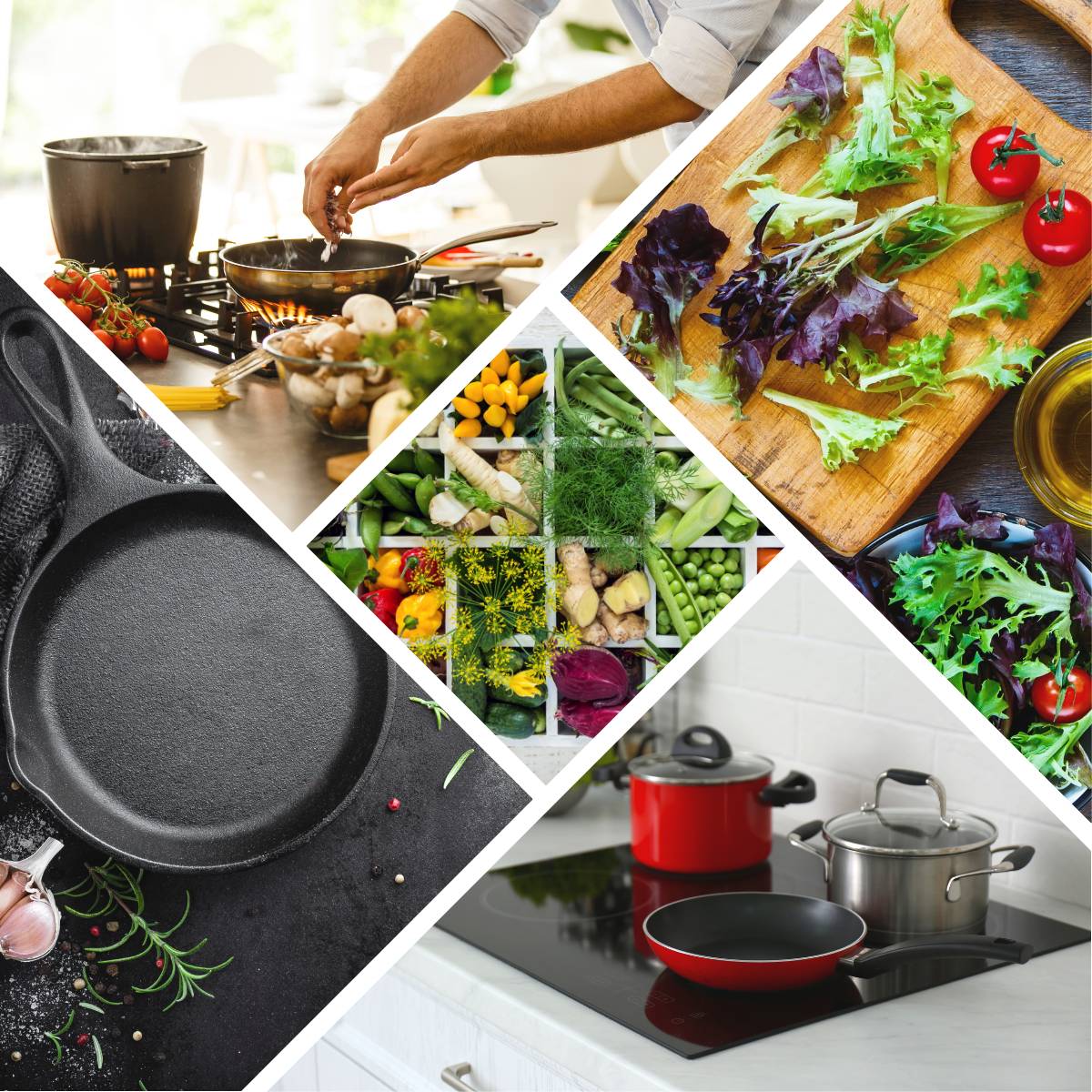
Eco-friendly cooking is also known as sustainable cooking. This focuses on reducing the negative environmental impact of purchasing, food preparation, and cooking.
We take into consideration getting the most out of ingredients. Cooking methods, and energy efficiency, and we aim to help you reduce costs while cutting down on food waste.
Central to eco-friendly cooking is the informed selection of ingredients. Opting for locally sourced, organic, and seasonal ingredients. This shortens the food chain and can have a positive impact on your budget and health.
By choosing locally grown produce, you can reduce your carbon footprint. Purchasing directly from local farms, orchards, and market gardens strengthens economies.
Farmer markets are another option, however, some can be overpriced. Our local farmers market has some great deals and they’re willing to bargain.
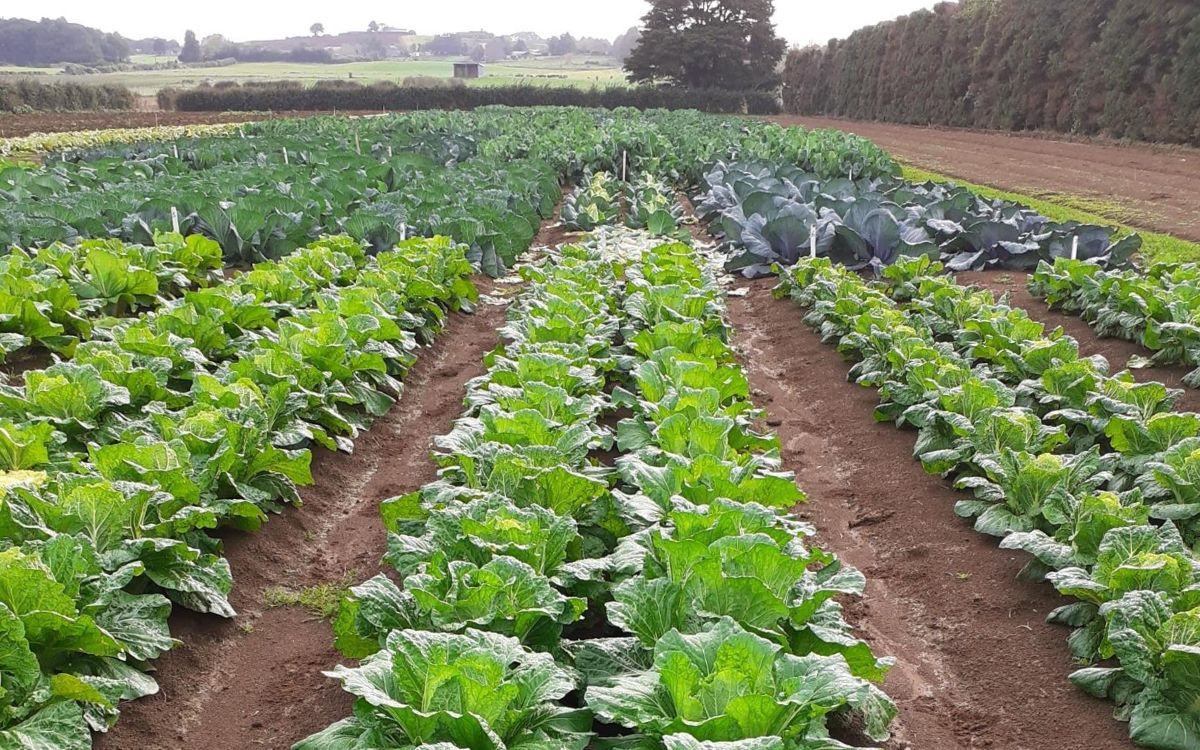
Another awesome way is connecting with a community-supported agriculture (CSA) scheme. This is a farming model that links a direct partnership between consumers and farmers.
The main idea behind CSA is to create a joint relationship that benefits both parties. Consumers support local agriculture by purchasing a share or “subscription” in advance. In return, they receive a regular supply of fresh produce directly from the farm.
As a chef, I’m always sourcing and cooking with seasonal ingredients. Fresh seasonal fruit and vegetables can be used in various ways. They are cheaper, tastier, and fresher. Start getting into the habit of using seasonal local ingredients.
The wise use of ingredients when cooking has been ingrained in me from a young age. Becoming a chef has only refined my ability to use ingredients wisely. I use all that each ingredient has to offer.
Look at each ingredient that you are using. Vegetable offcuts can be used to make a quick vegetable stock. That can then be used as a base for Velouté sauce. Or the knuckles from duck legs can become the base for your Espagnole sauce.
Root-to-leaf cooking showcases the versatility of vegetables. Broccoli and cauliflower, the florets are commonly savored. Yet the stalks can be grated to create slaws or blended into soups. Reducing waste and providing an added layer of taste and texture.
Vegetables like carrots and beets. Beyond their vibrant roots, their eatable tops can be transformed into pesto. Adding a fresh and earthy twist to pasta dishes or spreads. They can also be tossed into salads.
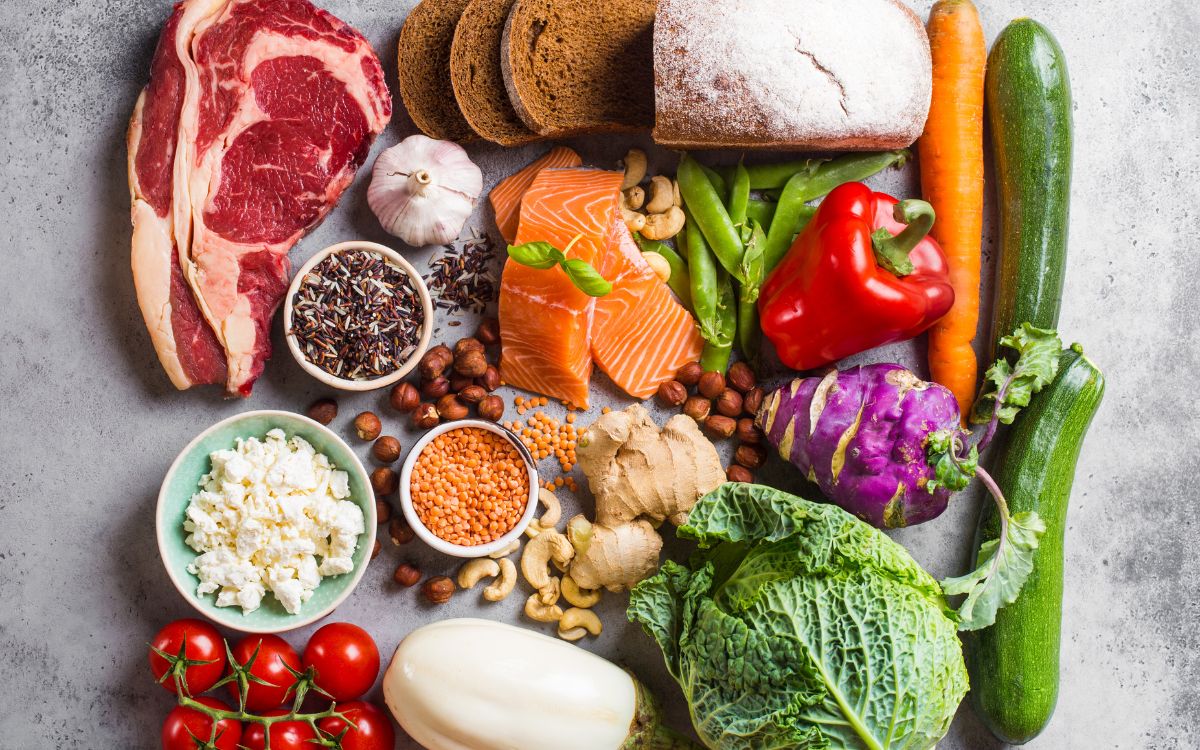
Fresh herb stalks and leek leaves can be made into a bouquet garni. Then used to flavor soups and sauces. Citrus fruits offer a wealth of possibilities as well. The citrusy zest can be infused into baked goods. While the peels can be made into marmalade. Candied for a delightful treat or steeped to create aromatic teas.
The concept of nose-to-tail eating dates back centuries. Animal parts are often overlooked. Like chicken necks, wing tips, and giblets. They can be used to prepare hearty stocks and broths. Salmon skin can be lightly salted and roasted until delicious and crispy.
Adopting a wise use of ingredients doesn’t stop at produce. It extends to grains and legumes as well. Utilizing water leftover from cooking legumes like chickpeas. Known as aquafaba can substitute eggs in vegan baking. Additionally, use bread crusts and scraps. These can create homemade croutons, breadcrumbs, or stuffing for roasted chicken.
Chefs Pro Tip — Get into the habit of using everything that ingredients have to offer. A great example is our asparagus and potato soup where we use asparagus off-cuts and peelings.
I’m always making the most of every ingredient I am using. The possibilities are endless. The only restriction is your imagination.
Planning your meal preparation is a simple eco-friendly cooking hack. Not only does it streamline your cooking routine. It also has a positive impact on energy efficiency.
It starts with a small yet impactful step. Prepping your ingredients before you begin cooking. By chopping, measuring, and organizing your ingredients in advance. You minimize the time your stove or oven needs to be on. This not only conserves energy but also makes the cooking process smoother and more enjoyable.
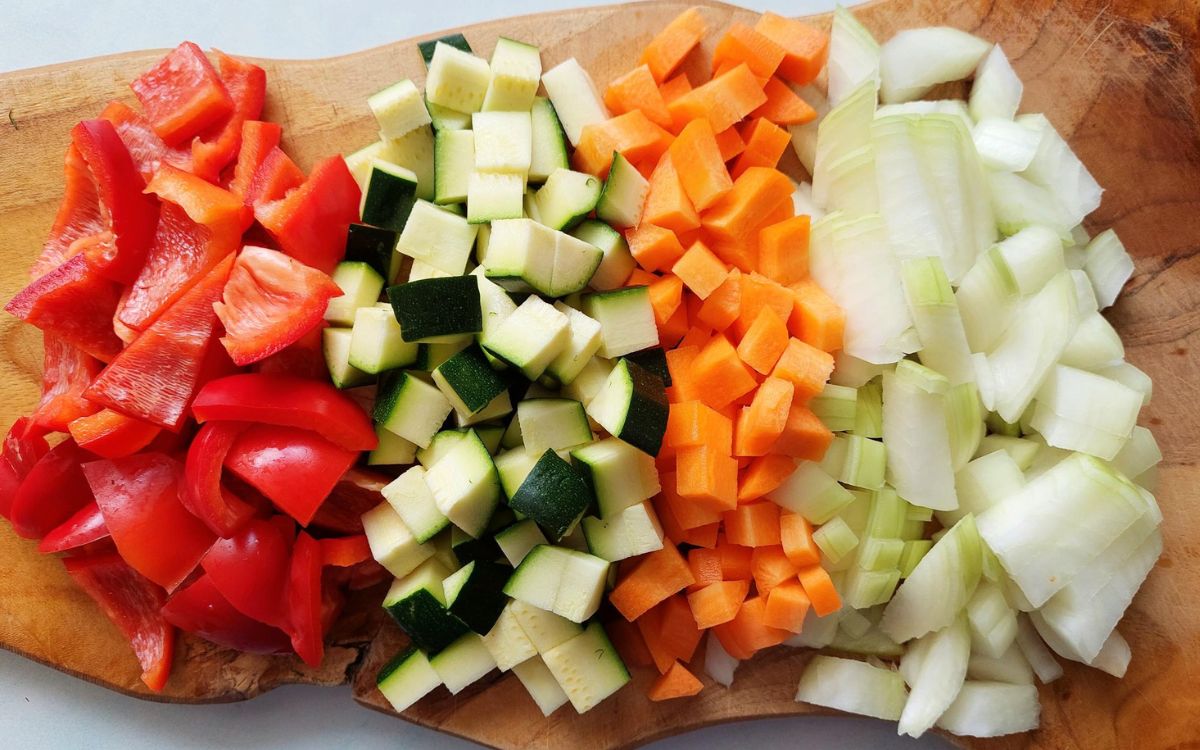
Another smart move is opting for one-pot or one-pan dishes. Beyond the convenience of having a complete meal cooked in a single pot.
These dishes are a clever way to reduce utensil usage and the subsequent cleanup. Imagine a hearty stir-fry where vegetables, protein, and sauce all come together in one pan.
This not only minimizes the number of utensils you need. It also reduces the energy required for washing them later.
Ultimately, these seemingly simple choices work together. To create part of your eco-friendly kitchen. By making your cooking process more efficient. You’re not only saving time and money. Also, you’re making a positive contribution to a more sustainable lifestyle.
Harnessing the potential of leftovers in my commercial kitchen is a skill that saves and makes money. Leftovers often transform into the bases for new dishes. Allowing us to reimagine and reinvent flavors with each meal. This practice aligns seamlessly with our principles of eco-friendly cooking.
Roast chicken or turkey, for instance. This can lead to a variety of leftover-based creations. Shredded chicken can be repurposed into vibrant salads, quesadillas, or gourmet sandwiches. The bones can be simmered into a rich stock. That forms the backbone of flavorful gravies and sauces. Similarly, vegetables can find new life in omelets, stir-fries, or savory tarts.
Leftover pot roasted beef can be transformed into a delicious cottage pie. Baked ham leftover from Christmas Day can be repurposed. Creating a delicious ham breakfast with poached eggs. Leftover spice-rubbed pork belly can create the most amazing pulled pork burger.
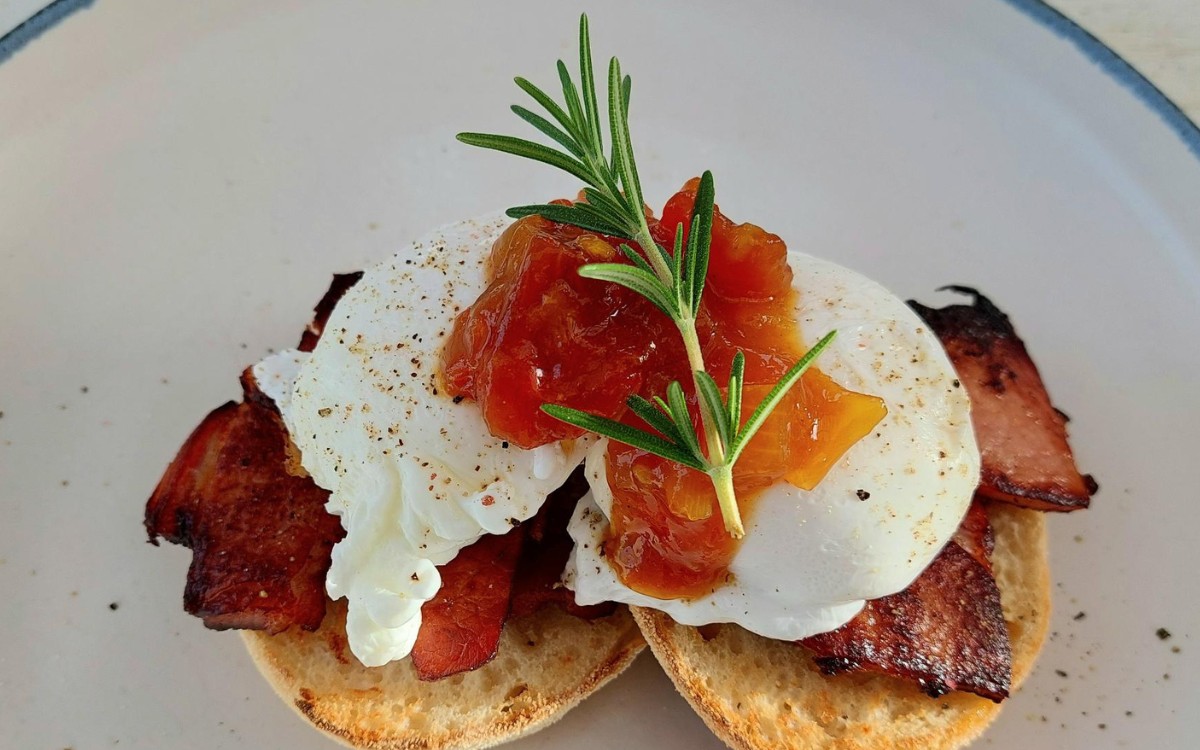
Mashed potatoes from last night’s dinner. This can be transformed into potato hash browns. Herb-roasted vegetables can be used in old school bubble and squeak. (Which my sons love to eat).
Chefs Pro Tip — Here are tips when keeping and reheating leftovers.
Keep leftover food covered in the refrigerator. Keep raw foods separate from cooked leftovers to prevent cross-contamination. Eat leftovers within 2-3 days of them being cooked. When reheating leftovers make sure they are heated to an internal temperature of 74°C (165°F). Try to reheat leftovers only once. Repeated reheating increases the risk of bacterial growth.
Every time you enjoy leftovers, you’re helping to cut down on food waste. Which is a big deal for our planet. It’s like giving food a second chance to shine, and that’s a win-win for everyone. So, next time you have some leftovers, don’t underestimate their power. They might just become your new kitchen superheroes.
Including fresh foods in your meals can add a vibrant and healthy dimension to your diet. Not having to cook some ingredients when you are preparing a meal will save energy and time.
Have a simple snapper carpaccio dish for a light lunch. There is no cooking involved and it will only take minutes to create. Or a roasted pumpkin salad where the only ingredient you need to cook is the pumpkin.
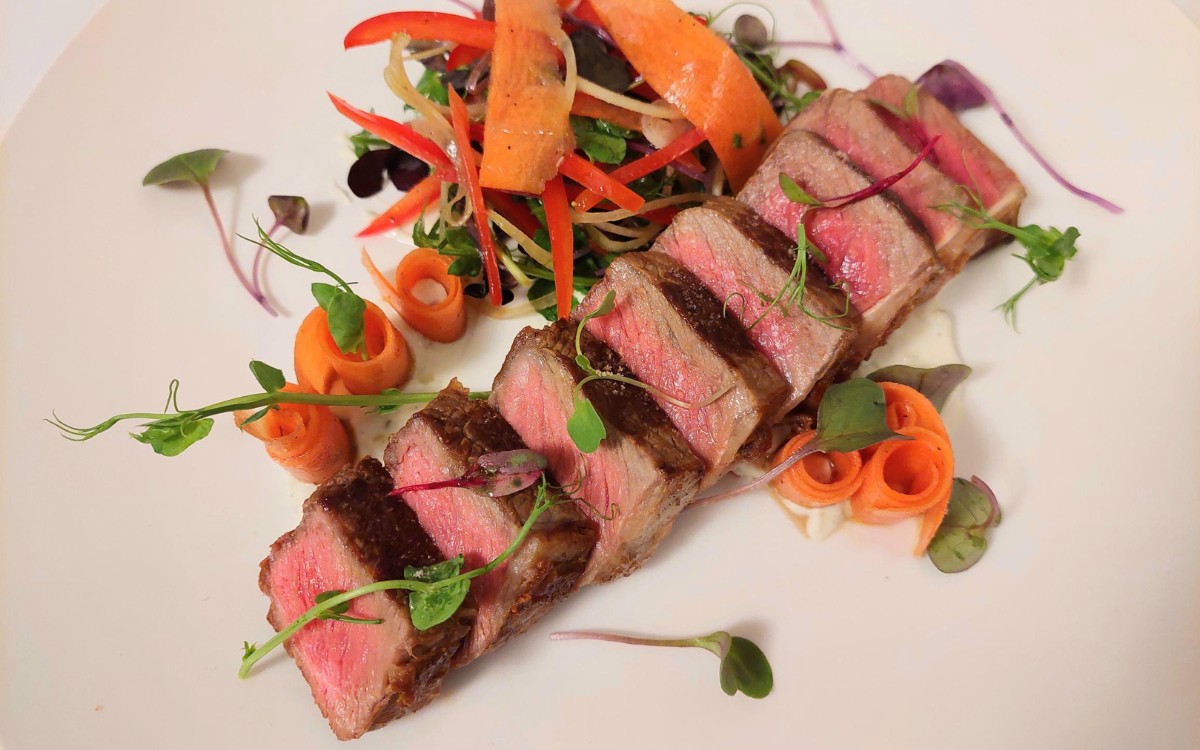
For a hearty and satisfying dinner, consider a seared steak with a fresh salad packed with fresh vegetables. Drizzle over a dressing and you’ve got an easy delicious dinner.
Incorporating fresh ingredients into your meals is a great eco-friendly cooking example. Additionally, this nourishes your body. However, remember that balance is key. Incorporate a mix of fresh and cooked foods to ensure you’re receiving a variety of nutrients and flavors that cater to your well-being.
Eco-friendly cooking techniques are a gateway to preparing delicious meals. While saving time and money. These methods highlight efficiency in your kitchen.
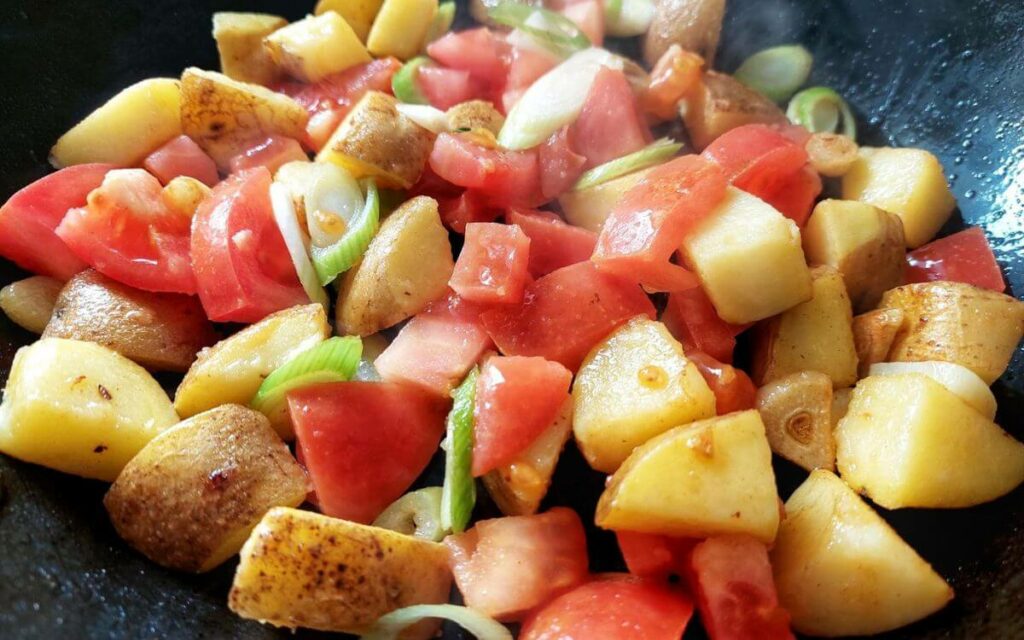
Chefs Pro Tip — When it comes to eco-friendly cooking. The size of your pots and pans matters more than you might think. Choosing the right-sized cookware for the task at hand. This can have a substantial impact on your cooking process, energy consumption, and even the outcome of your dishes.
Using large pots or pans may not seem like a big deal. However, it leads to energy waste. Extra heat spreads into the air instead of cooking your food. The bigger cookware takes longer to heat up. Using more energy and making your cooking time longer than needed.
Energy efficiency and eco-friendly cooking is a basic approach that conserves energy. By adopting techniques that reduce energy in your kitchen. You can make a positive impact on both your energy usage and your wallet.
Induction cooking is a prime example of energy-efficient technology. Unlike traditional stovetops, induction cooktops use electromagnetic fields to directly heat the cookware. This results in faster cooking times. Less wasted heat, making them highly efficient options.
Chefs Pro Tip — Aluminum cookware won’t work with induction cooktops. This is because aluminum pots and pans aren’t magnetized. So, before getting an induction cooktop check your cookware first.
Convection ovens promote eco-friendly cooking. They work by using fans to circulate hot air evenly throughout the oven. This reduces cooking time and allows you to lower the temperature. Without impacting quality.
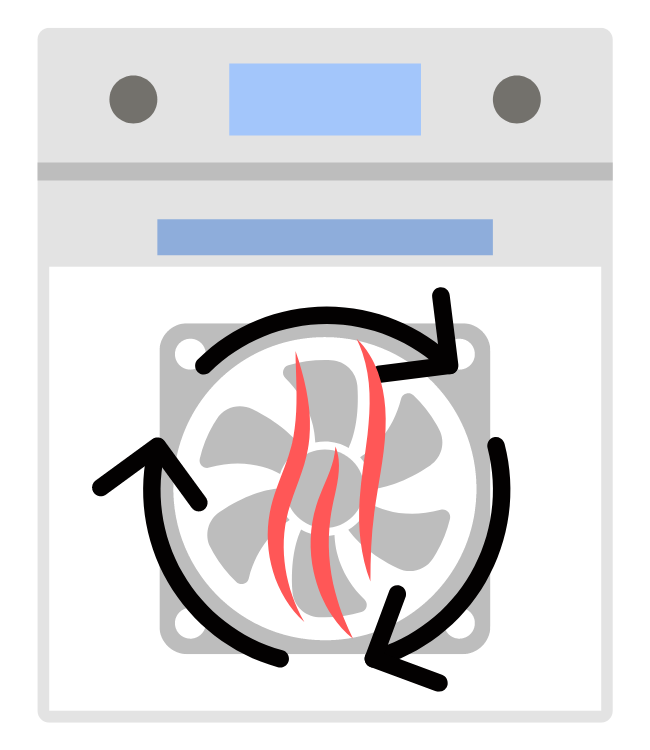
A convection oven is like a regular oven but with a special fan inside. That blows hot air around the food you’re cooking.
This hot air helps cook the food faster and more evenly. Think of it like blowing on your food to cool it down but in reverse. Instead of cooling it down, the hot air is heating up your food.
And because the hot air is always moving, your food cooks more evenly. So you don’t end up with some parts of your food overcooked and some undercooked.
Cooking with cast iron cookware is eco-friendly. Cast iron cookware holds residual heat for a long time. So you can turn off the element a couple of minutes before your food is cooked. The same goes for your oven. It holds residual heat and can be turned off before you’ve finished cooking.
Aluminum foil is a friend to chefs like me. We use it to cook vegetables like carrots, onions, shallots, and garlic. We harness the power of aluminum foil by making a steam chamber with it. Cooks foods quickly while sealing in all the flavors. You can also do this with parchment paper, we call it En papillote.
Another advantage is you can use foil or parchment paper again. It’s a simple way to eco-friendly cooking at home. So, whether you prefer aluminum foil or parchment paper. You’re adding a bit of eco-friendliness to your kitchen.
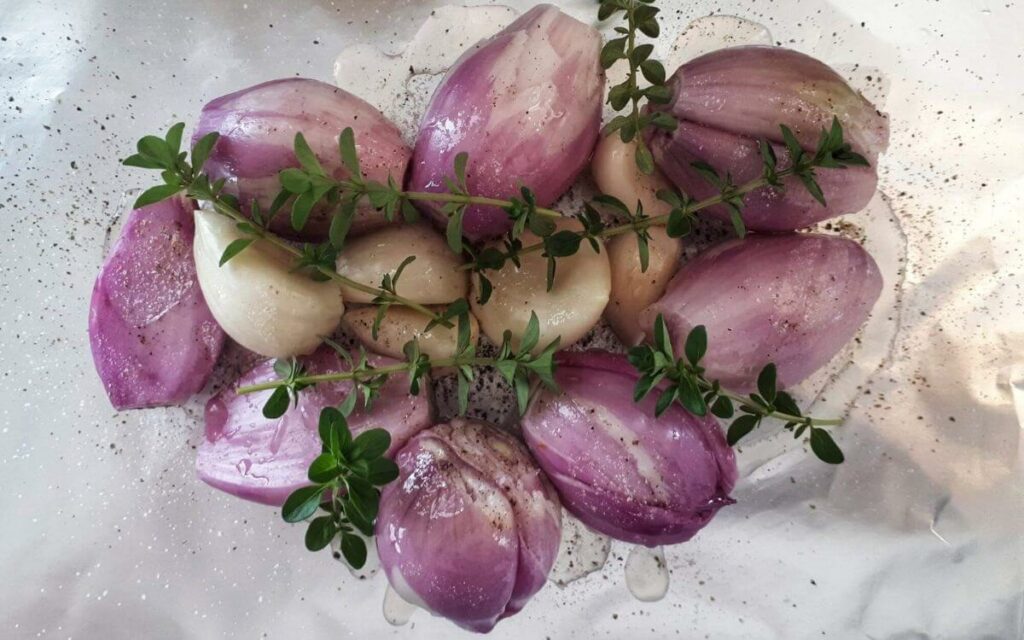
The most eco-friendly cooking method is typically steaming. Steaming involves using minimal water and energy to cook food. As it relies on the hot steam produced by boiling water. Additionally, steaming often requires less cookware and utensils reducing cleanup.
Creating an eco-friendly kitchen involves adopting a range of practices. That reduces waste, conserves energy, and shortens the food chain. Here are 5 ideas you can take to make your kitchen eco-friendly.
Local And Organic Ingredients — Whenever possible, choose locally sourced or organic ingredients. This gives you fresher seasonal ingredients and supports local communities. Also shortens the food chain and reduces the carbon footprint.
Gardening — If possible, grow herbs and vegetables in your kitchen or backyard. This reduces the need to buy packaged produce.
Smart Cooking — Opt for eco-friendly cooking methods like steaming, which uses less energy. Use lids on pots and pans to trap heat, and cook in batches.
Energy-Efficient Appliances — Choose energy-efficient appliances like induction cooktops or stoves. Convection ovens cook with dry hot air. Cast iron pans hold residual heat. These appliances and equipment use less energy, reducing your utility bills.
Meal Planning — Plan your meals to minimize food waste. Use leftovers creatively to create new exciting dishes or freeze them for future use.
Reducing waste in the kitchen involves adopting mindful practices. Here are 5 examples of how you can be less wasteful in the kitchen.
Minimal Shopping — When shopping buy what you need for a couple of days. If this isn’t an option. Buy pantry staples like flour, grains, nuts, and dried fruits. Freeze meats and defrost them in the refrigerator as needed.
Use All Parts of Ingredients — Utilize all parts of ingredients, including peels, stems, and leaves. For example, vegetable peelings and offcuts can be used to make homemade vegetable stock.
Regrow Produce — Regrow certain vegetables like green onions, lettuce, and celery. This is from their stalks and roots in water, then transfer them to the soil.
Proper Storage — Store perishable items properly to extend their freshness. Use airtight containers to keep food from spoiling quickly.
Use Leftovers — Get creative with leftovers by transforming them into new dishes. Leftover vegetables can become quiches or soups, and cooked grains can become stir-fries. Protein can be repurposed into pies, salads, or sandwiches.
Cooking is a science and a skill that requires a deep understanding of both the technical and creative aspects. Cooking is also a matter of precise measurements and ratios.
For example, baking is particularly sensitive to accurate measurements and temperatures. A slight deviation in the amount of an ingredient or cooking degrees can result in a completely different outcome. So, to help you here is a handy little unit converter tool for cooking without guesswork.
In your journey towards eco-friendly cooking several key principles stand out. Embracing locally sourced, organic, and seasonal ingredients. Or connecting with a CSA scheme.
The advantages are access to fresher cheaper produce and supporting local economies. Also reducing your carbon footprint. This forms the bedrock of eco-friendly cooking.
Take advantage of what every ingredient has to offer. Use everything, start to use every part of each ingredient. This showcases your creativity and resourcefulness in the kitchen.
Ensuring that nothing goes to waste. It’s a testament to the respect we hold for growers and farmers. The big positive here is reducing waste.
Leftovers they’re like the unsung heroes of my kitchen. We all know that feeling when you open the refrigerator. Sitting there is last night’s dinner, ready to save the day. Taking advantage of leftovers isn’t just about convenience. It’s a smart move for your wallet and the environment.
Incorporating fresh raw ingredients into your meals. Invites us to explore the purity and vitality that unprocessed foods hold. And bring to our dinner tables. This culinary choice amplifies the nourishing potential of our meals.
Energy efficiency represents an avenue where culinary excellence meets eco-friendliness. Embracing energy-saving techniques and equipment not only conserves energy but is easy on your wallet.
As we tread the path of eco-friendly cooking. We’re not just transforming meals. We’re improving an eco-friendly relationship with the environment, one plate at a time. Eco-friendly cooking isn’t just a technique; it’s a journey toward a better future.